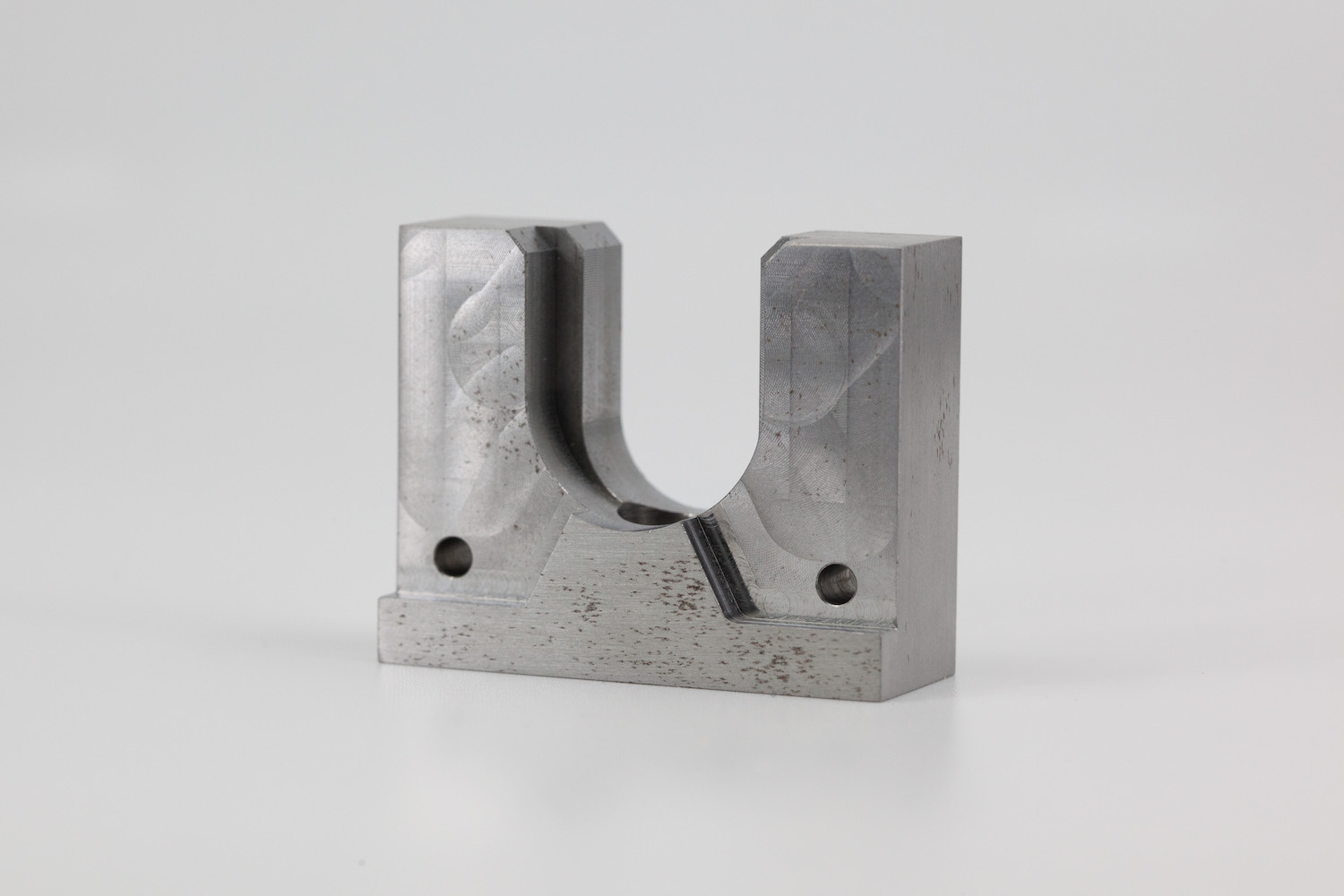About the material
A2 Tool Steel offers excellent wear resistance and toughness. Due to its high compressive strength and dimensional stability, this material is commonly used to make fixtures, tools, tool holders, gauges and punches.

CNC Machining Materials
Processes
Lead Time
Finishing Options
Tolerance
Price
Applications
A2 Tool Steel offers excellent wear resistance and toughness. Due to its high compressive strength and dimensional stability, this material is commonly used to make fixtures, tools, tool holders, gauges and punches.
Yield Strength
Elongation at Break
Hardness
Density
McMaster Part Number
Very similar to other grades of mild steel, tool steel is generally shiny in appearance and slightly darker than aluminum alloys. For corrosion resistance, black oxide can be applied post-machining. To achieve a variety of surface finishes, tool steel parts can also be media blasted or tumbled.
Min Wall Thickness
Min End Mill Size
Min Drill Size
Max Part Size
Undercuts
Radii : Depth
Learn More
Learn More

